1. Why choose automated packaging?
Automated packaging offers many advantages over traditional manual packaging methods. Some key benefits include:
- Increased efficiency: Automatic packaging machines can pack products faster than manual methods, significantly reducing lead times and increasing throughput.
- By automating the packaging process, you can reduce labor costs and allocate resources more efficiently.
- Automated packaging ensures consistency and quality, reducing the risk of errors and returns.
- You can easily scale automated packaging solutions to accommodate business growth, ensuring you remain competitive.

2. Types of Automatic Packaging Machines
There are many types of automatic packaging machines to meet different needs, including:
- Vertical Form Fill Seal (VFFS): Ideal for packaging granular and free-flowing products such as coffee, nuts and powders.
- Horizontal Form Fill Seal (HFFS): For packaging products that require a horizontal orientation, such as strips, tablets, and sachets.
- Flow Wrappers: Designed for wrapping products individually or in bundles, great for candy, baked goods, and hardware.
- The cartooning machine erects, fills, and seals cartons for cereals, pharmaceuticals, and frozen foods.
Case Packer: Used to pack products into boxes or pallets, usually for bulk shipping or palletizing.
3. Steps to Convert to Automated Packaging
Automating packaging involves several steps, including:
- Assess your needs: Identify your production goals, product specifications and budget to determine the best-automated packaging solution for your business.
- Choose the right equipment: choose the most suitable automatic packaging machine according to your needs and requirements.
- Integrate automation into your workflow: Integrate new machines seamlessly into your existing production processes.
- Train employees: Make sure your employees are properly trained to operate and maintain automated packaging equipment.
4. Choose the right equipment
To choose the most suitable automated packaging equipment, consider the following factors:
- Based on the shape, size, and material properties of your product, determine the ideal packaging machine.
- Production volume: Choose equipment that can handle your current production volume and scale as your business grows.
- Speed and Efficiency*: Evaluate your machine’s packaging speed and efficiency to ensure it meets your desired throughput requirements. **
- Budget: Consider your budget and look for equipment that will provide the best value for your investment without compromising quality or performance.
- Customization: Choose a machine that can be customized to meet specific packaging requirements, such as specialized sealing, labeling, or coding.
- Ease of use: Reduce downtime and ensure peak performance by choosing user-friendly equipment that is easy to operate, maintain and troubleshoot.

5. Integrate automation into your workflow
To successfully integrate an automated packaging machine into your existing workflow, follow these steps:
- Develop a detailed plan: Outline the steps required to integrate the new equipment, including any necessary adjustments to facility layout, electrical and pneumatic connections, and production schedules.
- Coordinate with Vendor: Work closely with your equipment vendor to ensure a smooth installation and setup process. Prevent delays by addressing potential issues early.
- Testing and Optimization: Before full production, test automated packaging machines to ensure they are functioning properly. Optimize performance and minimize waste by making any necessary adjustments.
- Maintain optimum efficiency and productivity by continuously monitoring and adjusting automated packaging equipment.
6. Training and Support
The successful operation and maintenance of automatic packaging machines require training and support.To ensure your staff is competent to handle new equipment:
- Comprehensive training available: Schedule hands-on training sessions with equipment suppliers covering operation, maintenance, troubleshooting and safety procedures.
- Develop documentation: Create detailed manuals and guides that your employees can refer to when needed. Includes step-by-step instructions, diagrams, and troubleshooting tips.
- Establish ongoing support: Work with your equipment supplier to develop a support plan, including access to technical assistance, spare parts and maintenance services.
7. in conclusion
Converting to automated packaging is a major investment that can bring huge benefits to your business. By following this comprehensive guide, you can successfully transition to an automated packaging solution that increases efficiency, reduces labor costs, improves product quality, and achieves scalability. With the right planning, equipment selection, integration, and employee training, your business can thrive and achieve long-term success in a competitive marketplace.

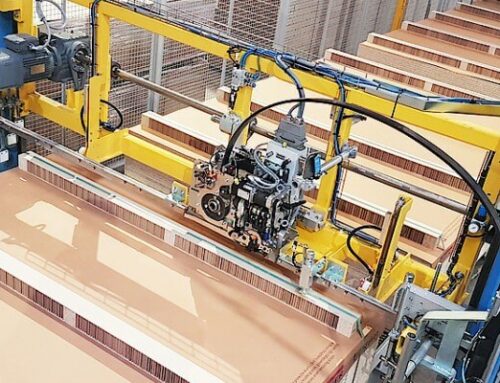
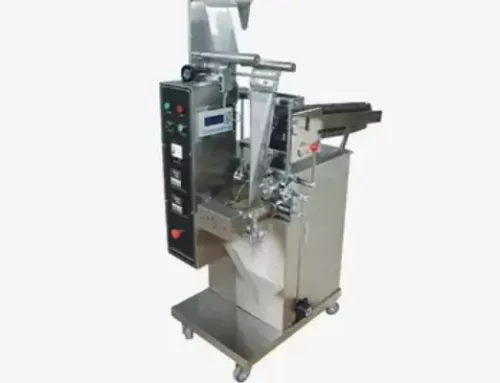
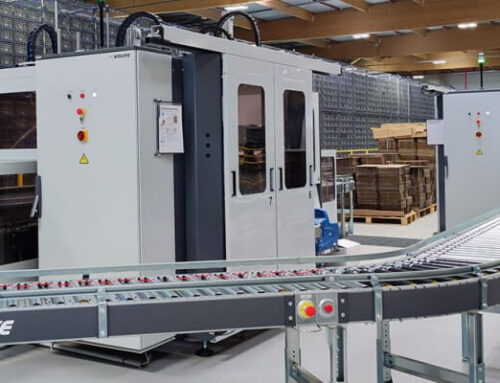
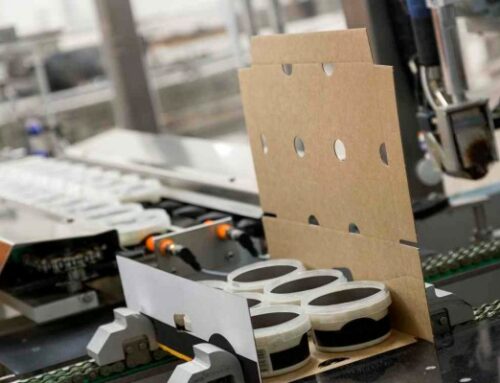
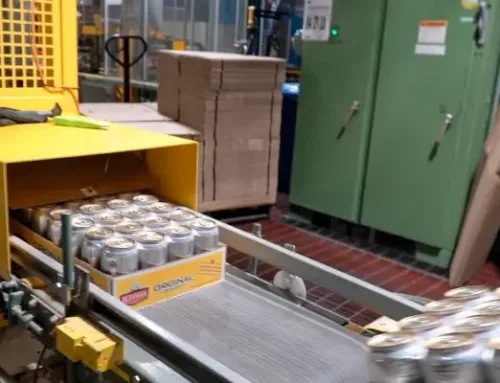
Leave A Comment